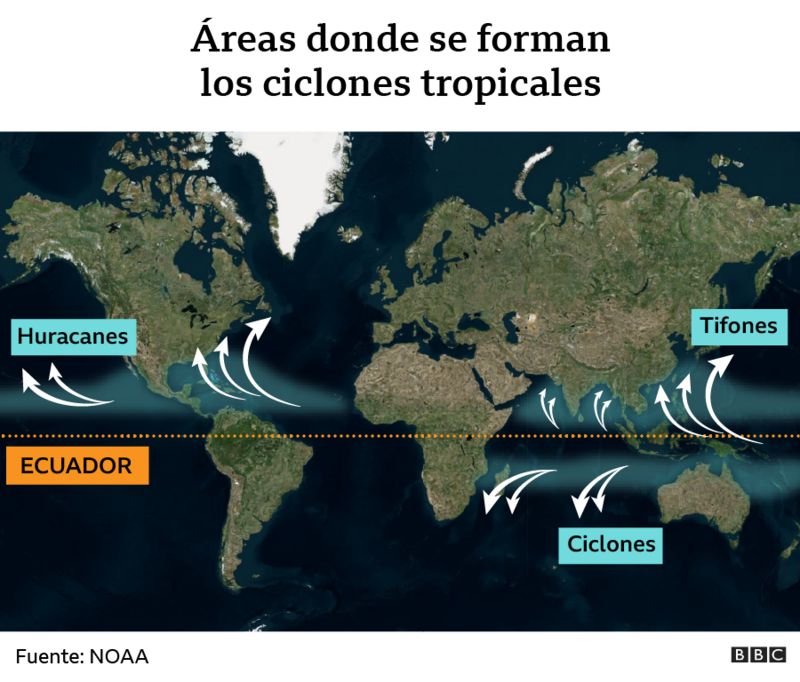2020, a record hurricane season
That 2020 is a particular year, there is no doubt. In addition to the COVID-19 pandemic and other major events that have occurred this year, another event becomes relevant during the month of November for the Central American region. After the devastating passage of Eta through Nicaragua, Honduras, El Salvador, Guatemala and Belize, the National Office of Oceanic and Atmospheric Administration (NOAA), published that this year marked a record in the number of atmospheric systems that have touched ground in the Atlantic coast of the North and Central American continent.
During the 2020 Atlantic hurricane season, 29 tropical depressions, 28 storms (highest, tied with 2005) and 12 hurricanes formed, of which five have been classified as major hurricanes (category 3+).
Officially, the season begins on June 1 and ends on November 30, although systems that touch land during November are rare, it is still a possibility, as happened with Eta in recent days. BBC News and Vatican News reported that at least 24 people died as a result of Eta’s passage through Central American lands. However, only in Guatemala, the local media outlet Prensa Libre, speaks of 50 deaths as a result of landslides due to the intense rains that have fallen in that country.
Of all the countries in the region, only El Salvador did not report deaths as a consequence of this atmospheric phenomenon.
How are hurricanes formed?
The most common mechanism for the formation of hurricanes in the Atlantic, causing more than 60% of these phenomena, is a tropical wave. This begins as an atmospheric disturbance that creates an area of relatively low pressure, and usually occurs in East Africa from mid-July.
If it finds the right conditions to stay or develop, this area of low pressure begins to move from east to west, with the help of the trade winds.
When it reaches the Atlantic Ocean, the tropical wave can be the germ of a hurricane, but for it to form, it is necessary that the surface of the water is above 27ºC and that there is a thick layer of warm water in the ocean. There also has to be, on the one hand, winds with a horizontal turn for the storm to concentrate. On the other hand, winds that maintain their strength and speed constant as they rise from the surface of the ocean.
All of this has to happen at the right latitudes, generally between the 10° and 30° parallels of the Northern Hemisphere, since here the effect of the Earth’s rotation causes the winds to converge and rise around the area of low pressure.
When the tropical wave finds all these ingredients, an area of about 50-100 km is created, where they begin to interact.
“The movement of the tropical wave functions as the trigger for that storm,” Jorge Zavala Hidalgo, general coordinator of the National Meteorological Service of Mexico, explains to BBC Mundo.
With information from BBC News

